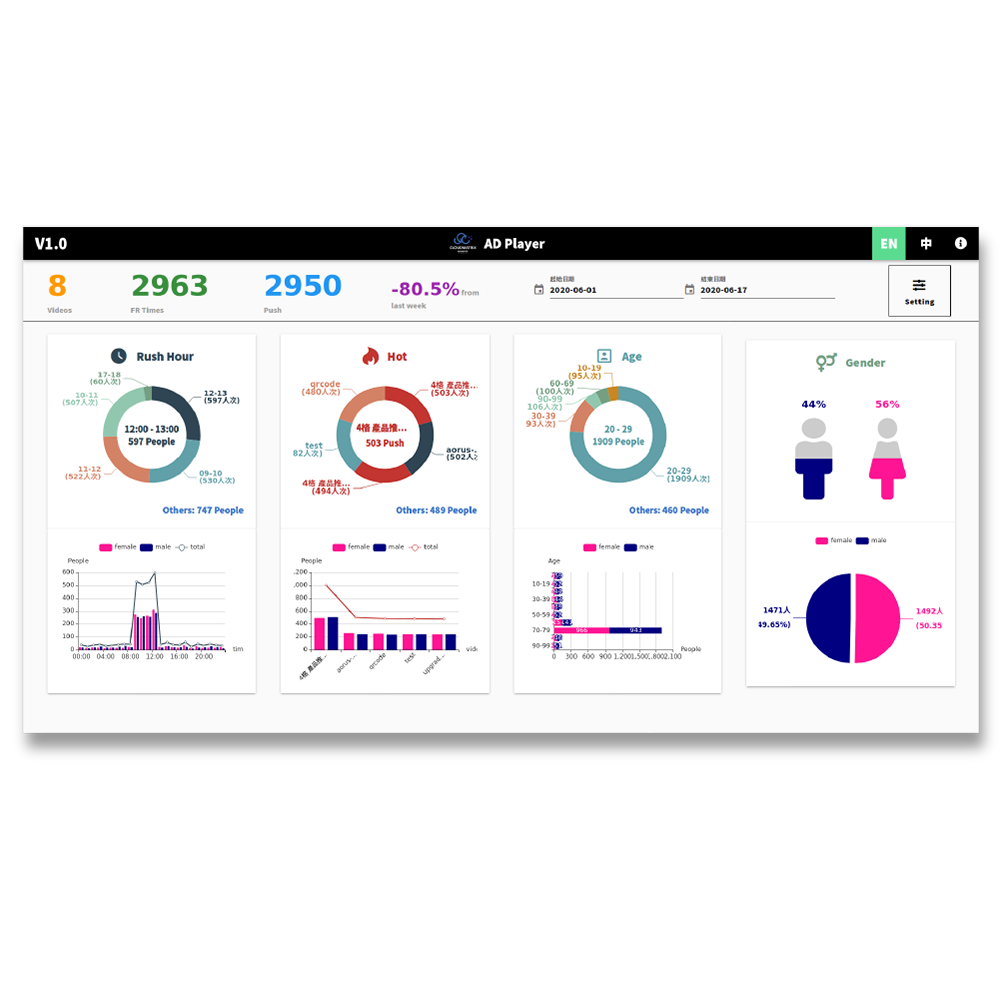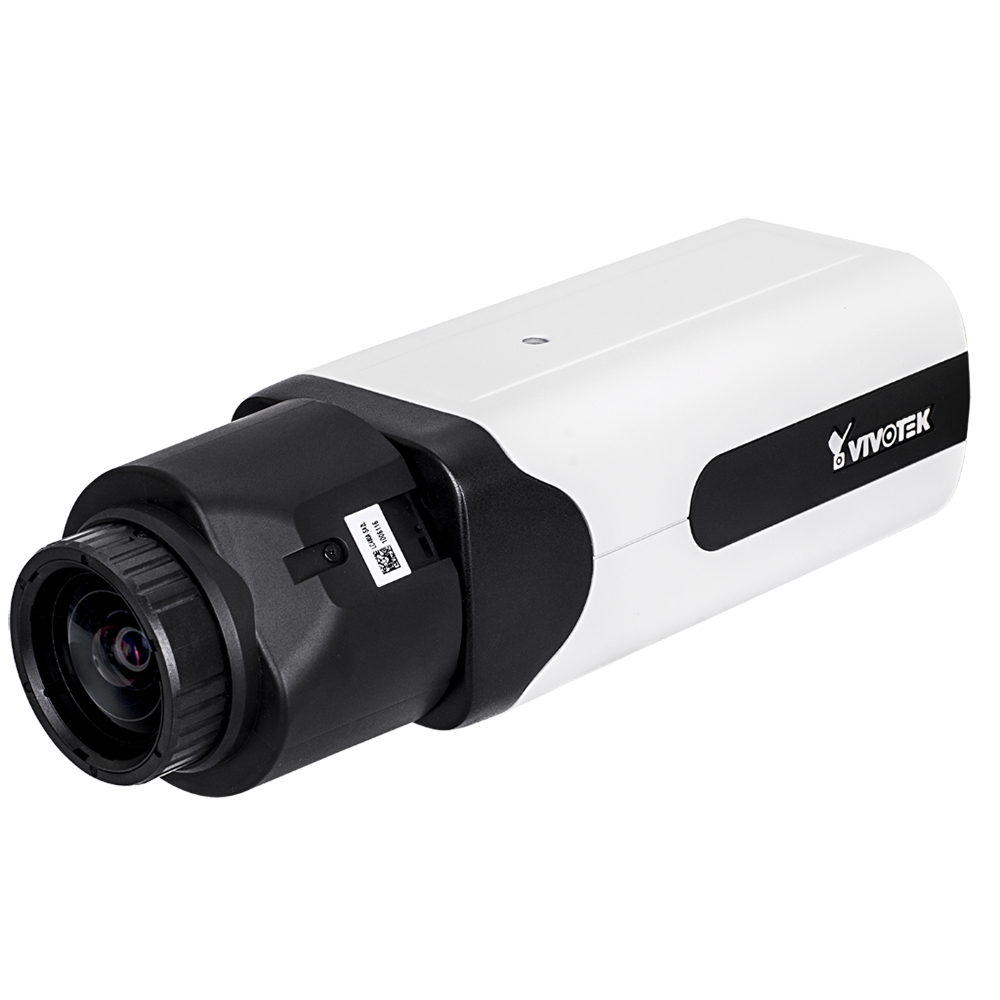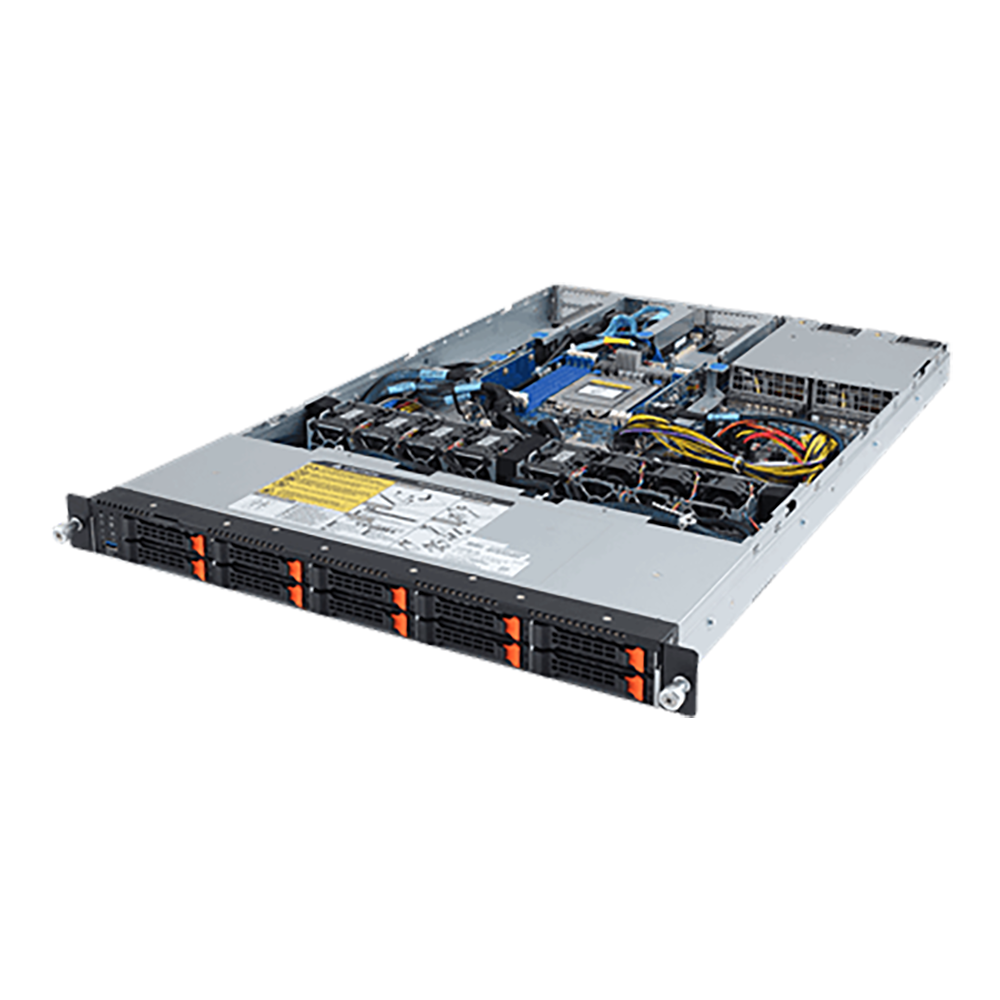To Know Your Customers With Technology
AI recognition technology aims to provide retail business owners with a better understanding of their customers’ interests, by broadcasting targeted advertisements and ultimately improving their retail experience. The system collects analytical data such as customers’ age and gender and reveals their interests or preferences. Through facial recognition, key clients and customers can be identified immediately after they enter the store and be provided with a better experience through personalization of services.
Game-Changing IT System for Retail
How It Works
Quantitative analysis is a critical tool for the success of retailers. Smart Mall Using AI Recognition Technology is designed to provide people counter and hot-zone analysis in shopping malls of various sizes. By leveraging the data offered by Smart Mall Using AI Recognition Technology, shopping malls, department stores, and other business operators can use traffic data to benchmark their performance, quantitative the pan out of marketing campaigns, and spot VIP customers earlier to provide a better shopping experience.
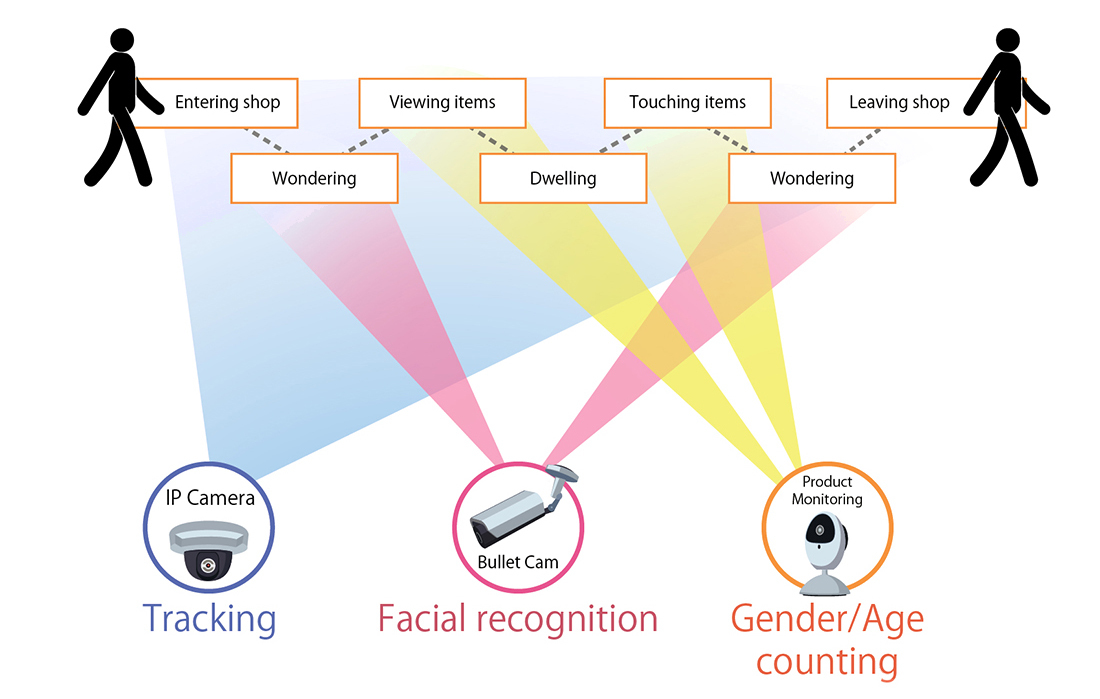
The camera supports Real Time Streaming Protocol (RTSP) and sends the captured dynamic data to the back-end platform. Faces will be captured and recognized, which can assist security guards.
Features and Benefits
Marketing Penetration
Digital signage advertising selected by recognition results to hit your target audience
VIP Targeting
Combining an IP camera with facial recognition technology to identify your most valuable customers
Quick Registration
Speedy sign-up of loyalty membership programs for better customer relationship management
Play the Right Show
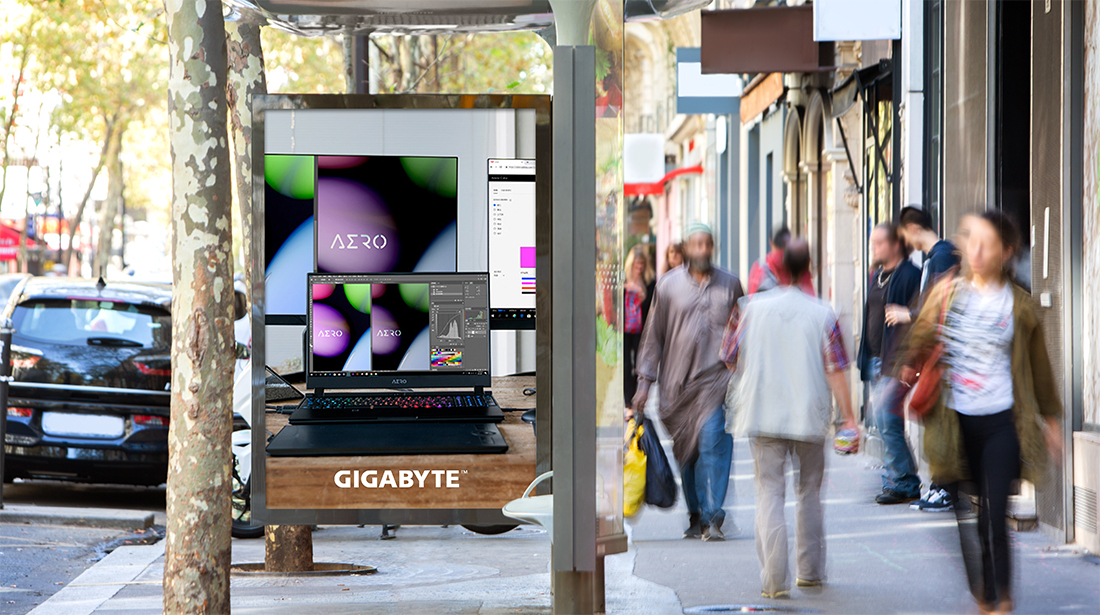
Image recognition technology provides the delicate details of your customers, such as their age and gender and plays the right advertisement accordingly.
Customer Segmentation
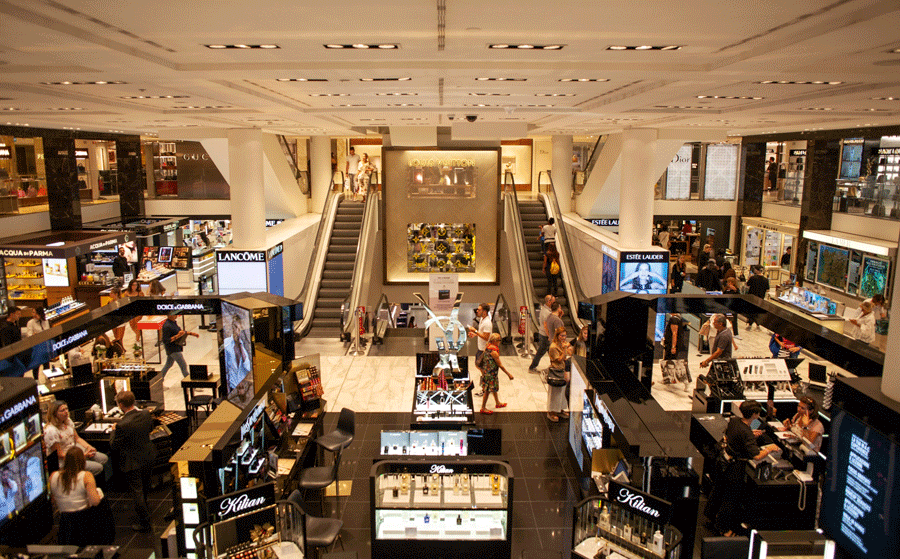
The region of interest (ROI) area setting assists in more precise and accurate data collection such as the gender and age identification of customers viewing products.
VIP Targeting

Combining an IP camera with facial recognition technology can identify your most valuable customers.
Comprehensive Dashboard
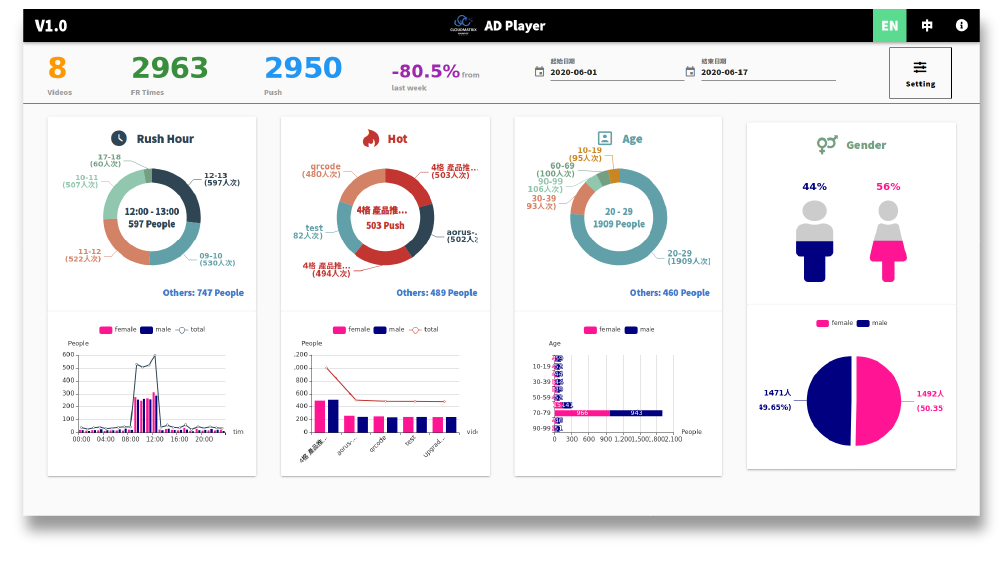
Comprehensive Dashboard
A single dashboard presents real-time, multifaceted information reporting.





